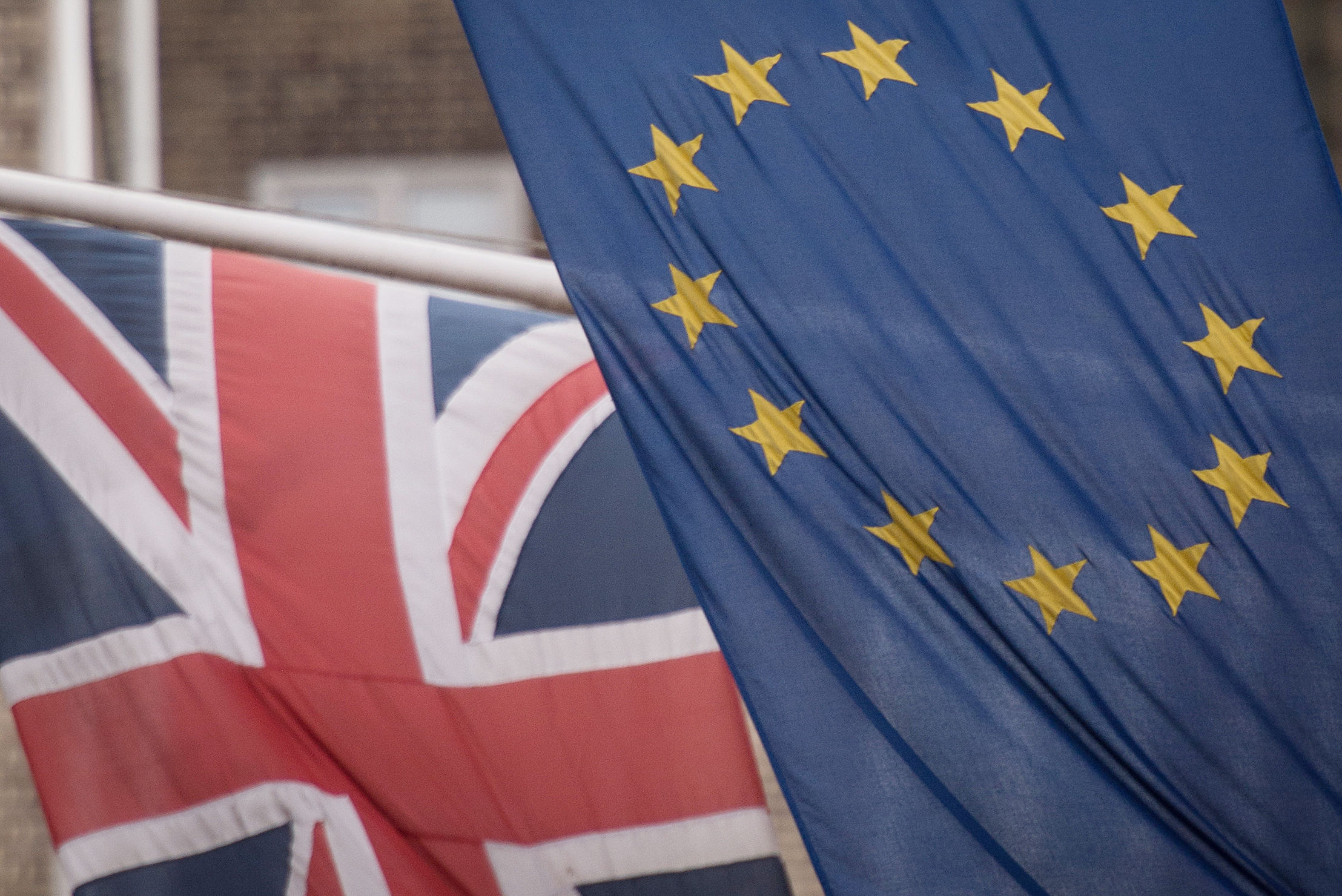
WHEN we’re young we look to adults to guide us, inspire us, and show us the way.
So what are children today to make of the way the supposed grown-ups are navigating the Brexit maze?
Are we setting a good example?
Lisa Kerr, principal of Gordonstoun, one of the country’s top private schools, made her feelings clear this week, saying young people are being taught “dreadful lessons” by the angry rows over Brexit.
She says ugly incidents such as the protests against MP Anna Soubry are undermining efforts in schools to teach tolerance and respect for other people’s views.
And it is unedifying viewing, to see a politician having abuse hurled at them for standing up for what they believe in.
And the aggression of some of the protesters chasing after the Guardian columnist Owen Jones the other day was, quite frankly, terrifying.
My eldest daughter has switched off from the debate, as she says the shouting puts her off.
I asked the younger one what she thought but she was too busy playing Fortnite to reply, although I suspect she thinks Brexit is some kind of mad virtual reality game.
And, boy, it can feel like that.
College Green, the park outside Westminster where TV crews set up camp for interviews, almost became a no-go area this week as politicians were unwilling to run the gauntlet of protesters.
Sky News presenter Kay Burley had been broadcasting from there but was brought back to the studio at one point as her bosses feared for her safety.
Politicians themselves aren’t blameless. The temperature in the Commons has often reached boiling point when there is any mention of Europe.
Even the party leaders aren’t beyond reproach, with Jeremy Corbyn calling the Prime Minister a “stupid woman”.
Although, he claimed he was calling her MPs “stupid people”. Either way.
When schools try to teach pupils tolerance and respect for other peoples’ views, doesn’t that message sound hollow when those in power don’t set an example?
On social media the abuse reaches another level. On Twitter, the Wild West of the internet, anything goes.
These anonymous trolls seem to think they can act with impunity. What on earth are they teaching their own children, I wonder?
Death threats and horrific insults are commonplace.
It can be a vile cesspit of unpleasantness and incivility.
Why do people think they can behave like this?
On Scotland Tonight my favourite discussions are the feisty, lively ones. In fact, the livelier the better.
But for these debates to really work and for viewers to actually learn something, the guests have to listen to each other, to the other point of view, and respond thoughtfully and with respect.
If a little good humour can be thrown in, even better.
I fear the Brexit debate will turn off the younger generation and alienate a whole swathe of future voters. And who will want to go into politics as a career if it is seen as a hostile environment?
Surely it’s time for us all to act like the grown-ups?

Enjoy the convenience of having The Sunday Post delivered as a digital ePaper straight to your smartphone, tablet or computer.
Subscribe for only £5.49 a month and enjoy all the benefits of the printed paper as a digital replica.
Subscribe